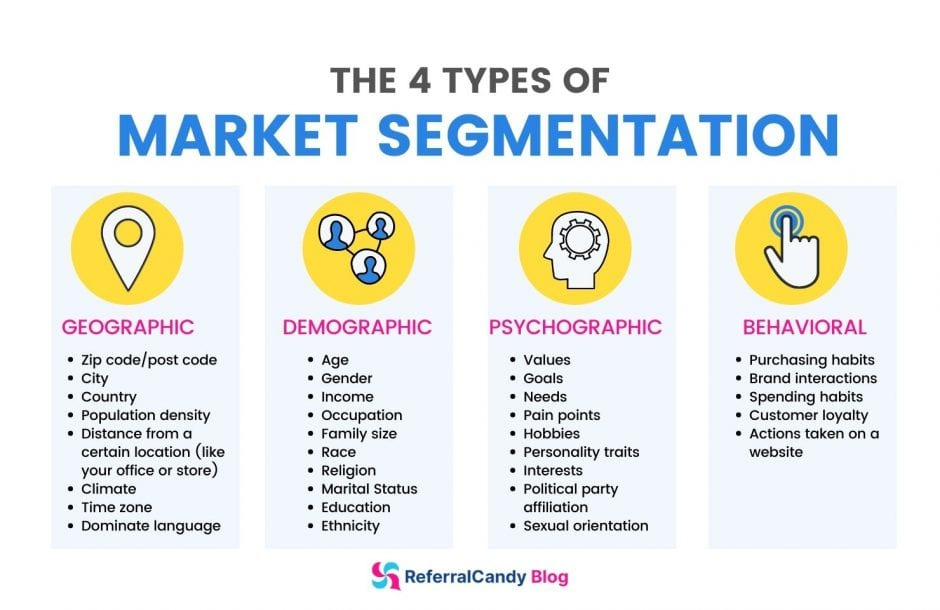👋 Welcome to Stuff & Things - a newsletter for the curious marketer in you.
🧍🧍In this week’s edition, we walk through the differences between personas and segments and how to use them effectively
📮If you stumbled upon this site or were forwarded this by a friend, join other marketing enthusiasts by subscribing below:
Being a new mom is not an easy job. I have so much respect (and a healthy dose of skepticism) for people who can “do it all”. The thing I'm most in need of now? Time (Sleep is a close second). Even though time is scarce, I am appreciative of summer sunsets and the views (and colors) it brings home every evening:
In today’s post, I’m digging deeper into personas and segments - when to use what, and how to use them effectively in your marketing plans.
What is a Segment and when do you use it?
Segmentation is the process of dividing your users into sub-groups based on shared characteristics. This includes demographics, psychographic, behavioral, and geographic attributes. Segments are actual subsets of your audience you can actionably target.
Segmentation helps with:
Impactful Messaging: You can segment your customers to customize communications for them. For example, translating emails for French-speaking audiences or telling ‘abandoned cart’ customers that their desired product might be out of stock soon.
Audience Sizing: It helps you determine your addressable market, provides signals on how to expand it, and who to target for quick wins.
Overall Marketing Strategy: As you build out your segments, you get a deeper insight into what differentiates your brand from others, what channels work best with your audience, and which areas to invest in the future.
Risks to watch out for:
Developing customized, sophisticated marketing strategies for each segment can be an expensive affair. Channel and creative investment may differ resulting in added spend.
Segmentation is not a cure for all your marketing concerns. While it helps with targeting, it won't provide insights into the product itself.
Beware of creating segments based on limited data. If you are looking to target people who speak a certain language but don't collect preferences, you're making a risky assumption. Periodically surveying your customers goes a long way in developing segments based on full and complete information.
What is a Persona and when do you use it?

A persona, on the other hand, is a detailed description of your “ideal” user — their motivation, likes, dislikes, and values - the culmination of which made them choose YOUR product. It’s important to remember — personas are semi-fictional. It talks about a group of customers who have similar goals, buyer journeys, and personal profiles.
Personas help with:
Communicating your vision: Personas showcase how your product or vision comes to life in someone’s journey, and land a powerful message with your audience. Walking through your customer’s story humanizes your vision and helps secure buy-in from key decision makers in your org.
Risks to watch out for:
Often, while writing a brief, it's easy to mix up segments and personas. I've seen briefs where the audience targeted is a specific persona, often with a catchy name (like ‘supercharged savers'), only to find out that the ideal user doesn't exist:
In Part II of How Brands Grow, the authors argue “a really dangerous practice in modern marketing is to describe a market segment as a single person: for example, ‘our target consumer is Nicole, she’s 28 years old, is passionate about the environment and sustainability, shops at whole foods market, likes new experiences, reads classic literature but also watches Keeping up with the Kardashians as a guilty pleasure”
This is the height of inane target marketing — lazy dangerous thinking that often finds its ways into advertising and media plans, and the brand ends up talking to only a fraction of its potential market.
(source)
In summary,
Personas are semi-fictional, while segments are actual subsets of your audience you can actionably target
Use personas to build empathy and communicate your vision and use segments to size your audience and create customized, impactful messaging
Personas run the risk of ‘describing an entire market segment as a single person’ while segmentation can be an expensive affair. Beware of creating segments based on limited data.
Knowing when to use what is a product marketing superpower. When you master the skills of using them at the right places, it helps you build better products for your users and makes you a go-to-market expert and a trusted partner for your product and design teams.
Resources
Until next time,
Shrikala
If you'd like to support the newsletter, you can buy me a book here




